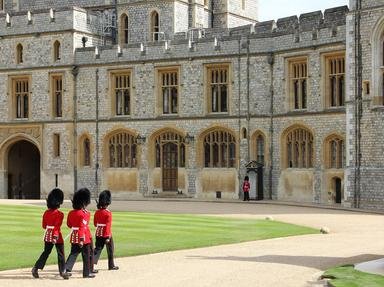Quiz Answer Key and Fun Facts
1. When and where did King Charles I raise his royal standard, confirming that he intended to oppose parliament by force?
2. The first pitched battle of the Civil War, the Battle of Edgehill, took place on 23 October 1642. The King's cavalry was led by his nephew, Prince Rupert of the Rhine. How old was Rupert at the time of the battle?
3. After defeat at Turnham Green, where did Charles set up his court?
4. Where did Queen Henriette Maria go from Holland in February 1643?
5. The Civil War had continued intermittedly and inconclusively throughout 1642 and 1643. In what city did the Queen make her headquarters?
6. Meanwhile, the Prince of Wales had been made titular commander of the royalist forces in which part of the country?
7. With fears for his safety increasing by the day, where was the Prince of Wales first evacuated to in 1646?
8. On 26 December 1647 the Scots promised to restore Charles to the throne (though he had not yet been formally deposed) on what condition?
9. Which member of the family escaped to safety in 1648?
10. On what date did the trial of King Charles I begin?
11. What was the Queen's immediate reaction upon hearing of her husband's execution?
12. On 9 April 1649, Charles II's first son was born. What was his name?
13. In what year did King Charles II land in Scotland to promote his claim to the throne?
14. In May 1652, the King of France awarded the exiled Charles a pension of how much money a month?
15. What was the middle name of Henrietta Maria's youngest child, Henrietta?
Source: Author
LiamR
This quiz was reviewed by FunTrivia editor
bloomsby before going online.
Any errors found in FunTrivia content are routinely corrected through our feedback system.
